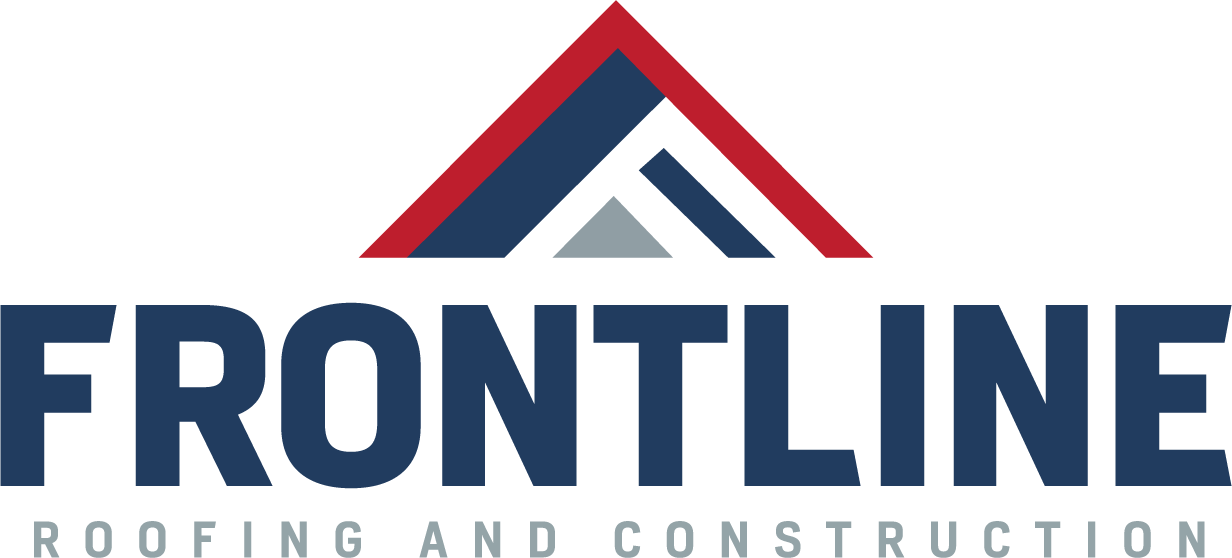The Impact of Poor Attic Ventilation on Your Home
Table of Contents
Introduction
Consequences of Inadequate Attic Ventilation
Mold and Mildew Growth
Roof and Structural Damage
Increased Energy Costs
Reduced Air Quality
Compromised Insulation Efficiency
Recognizing Signs of Poor Ventilation
Improving Attic Ventilation
Conclusion
Introduction
Inadequate attic ventilation can lead to a host of problems in your home. Understanding these issues is key to maintaining a healthy, efficient living environment.
Consequences of Inadequate Attic Ventilation
Mold and Mildew Growth
Poor ventilation creates a damp environment conducive to mold and mildew, posing health risks and structural damage.
Roof and Structural Damage
Excess moisture can weaken the roof structure, leading to costly repairs and reduced lifespan.
Increased Energy Costs
Inadequate airflow can cause your HVAC system to work harder, increasing energy bills.
Reduced Air Quality
Poor attic ventilation can lead to stagnant air, impacting the overall air quality of your home.
Compromised Insulation Efficiency
Moisture can reduce the effectiveness of insulation, impacting temperature regulation.
Recognizing Signs of Poor Ventilation
Look for signs like mold growth, condensation, and discolored insulation as indicators of inadequate attic ventilation.
Improving Attic Ventilation
Simple measures like adding vents can significantly improve attic airflow, enhancing your home’s efficiency and comfort.
Conclusion
Proper attic ventilation is crucial for maintaining the structural integrity of your home and ensuring a healthy living environment. Regular inspections and improvements can prevent the issues caused by poor ventilation.
